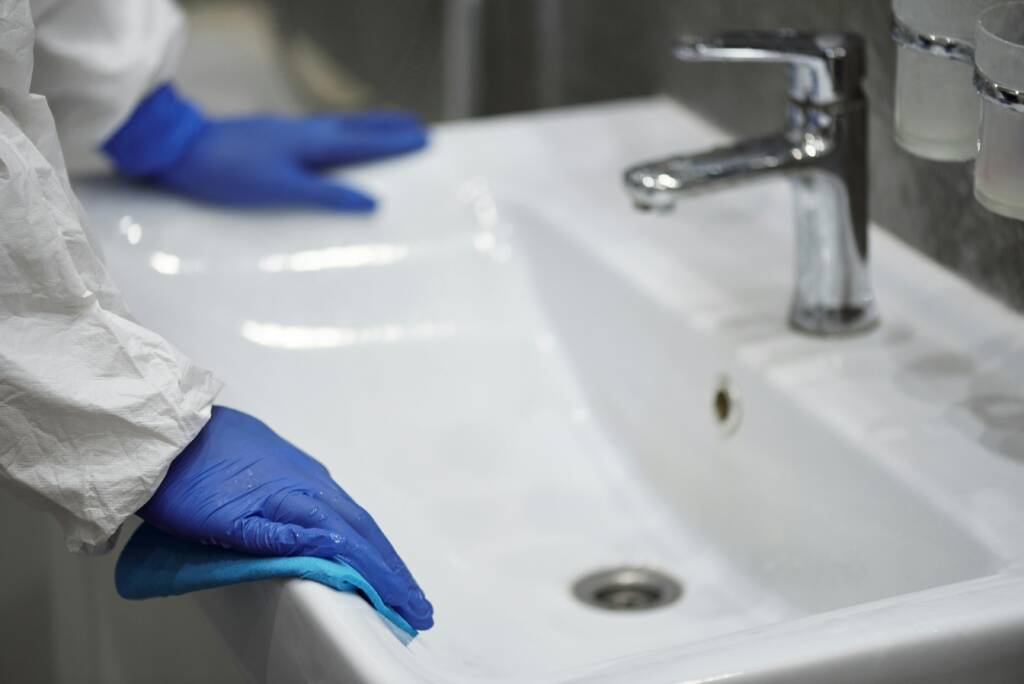Comprehensive Guide to Bathroom Plumbing: Tips and Maintenance
Introduction to Bathroom Plumbing
Bathroom plumbing is a critical aspect of home maintenance that ensures the proper functioning of your bathroom fixtures. Whether you’re dealing with a minor leak or planning a major renovation, understanding the basics of bathroom plumbing can save you time and money.


Common Bathroom Plumbing Issues
1. Leaky Faucets
Leaky faucets are a common problem that can waste water and increase your utility bills. Often caused by worn-out washers or seals, fixing a leaky faucet can be a straightforward DIY project.
2. Clogged Drains
Clogged drains in sinks, showers, and bathtubs are usually due to hair, soap scum, and other debris. Regular maintenance and using a drain guard can prevent clogs from forming.
3. Running Toilets
A running toilet can waste a significant amount of water. Common causes include a faulty flapper valve, fill valve, or overflow tube. Replacing these parts can often resolve the issue.
Essential Bathroom Plumbing Tips
1. Regular Inspections
Conduct regular inspections of your bathroom plumbing fixtures. Check for leaks, corrosion, and other signs of wear and tear. Early detection can prevent costly repairs down the line.
2. Know Your Shut-Off Valves
Familiarize yourself with the location of your bathroom’s shut-off valves. In case of a plumbing emergency, knowing how to quickly shut off the water can minimize damage.
3. Avoid Chemical Drain Cleaners
While it may be tempting to use chemical drain cleaners to unclog drains, these products can damage your pipes over time. Opt for a plunger or a plumbing snake instead.
DIY Bathroom Plumbing Projects
1. Replacing a Showerhead
Upgrading your showerhead can improve water pressure and reduce water usage. Choose a model that fits your needs and follow the manufacturer’s installation instructions.
2. Installing a New Faucet
Installing a new faucet is a great way to update your bathroom’s look. Ensure you have the right tools and follow the steps carefully to avoid leaks.
When to Call a Professional Plumber
While many bathroom plumbing issues can be handled with a DIY approach, some situations require the expertise of a professional plumber. If you encounter persistent leaks, severe clogs, or suspect a problem with your main water line, it’s best to call in a professional.
Preventative Maintenance for Long-Term Health
Maintaining your bathroom plumbing involves regular cleaning, inspections, and mindful usage. Avoid flushing non-dissolvable items down the toilet and regularly clean your faucet aerators to ensure optimal water flow.
Conclusion
Proper bathroom plumbing maintenance is essential for a functional and efficient home. By understanding common issues, performing regular inspections, and knowing when to call a professional, you can keep your bathroom plumbing in top condition. Remember, a little preventative maintenance goes a long way in avoiding costly repairs.
FAQs About Bathroom Plumbing
Q: How often should I inspect my bathroom plumbing? A: It’s a good idea to inspect your bathroom plumbing at least twice a year. Regular checks can help you catch and fix small issues before they become major problems.
Q: What should I do if I have a major leak? A: If you experience a major leak, immediately shut off the water supply to your bathroom and call a professional plumber to assess and repair the damage.
Q: Are there eco-friendly plumbing fixtures I can install in my bathroom? A: Yes, there are many eco-friendly fixtures available, such as low-flow showerheads and faucets, dual-flush toilets, and water-efficient aerators.




